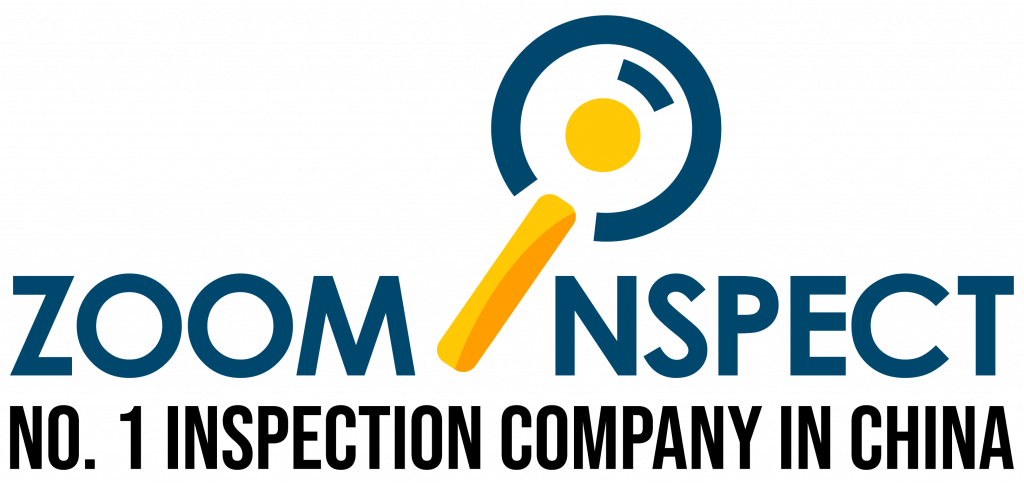Quality control has climbed to the summit of the priority list for businesses in all kinds of industries in the present day’s highly competitive marketplace. Companies must go above and beyond to create exceptional goods that live up to the expectations of consumers who are getting increasingly discerning and demanding. Implementing sample inspection is one established strategy that improves the product’s excellence and customer satisfaction. This blog will explore the effectiveness of sample inspection, its advantages, and how it improves product standards and customer experience.
What is Sample Inspection?
The overall production quality control process includes sample inspection as a crucial step. By definition, a sample inspection is a systematic and thorough examination of a representative sample of products drawn at random from a production batch. The primary objective is to determine whether the entire batch complies with the required quality standards. Businesses can identify any deviations or anomalies swiftly by doing rigorous inspections at different phases of the manufacturing process.
Companies have the ability to identify any potential flaws or problems before they reach consumers by meticulously inspecting a representative sample of products from a batch or production line. It enables businesses to gauge the reliability and regularity of their offerings by assessing particular standards including convenience, resilience, safety specifications, and visual appeal. Thus, businesses can make time and resource-efficient decisions about the general quality of the entire manufacturing batch by carefully examining a small number of samples.
The Merits of Sample Inspection
The advantages of sample inspection go beyond merely assuring product quality; they also directly affect consumer satisfaction. Customers are more likely to place their confidence in a company and make repeat purchases when they consistently receive high-quality products that live up to their expectations. On the other hand, a single experience with a defective product can cause disappointment and damage customer confidence. Businesses can avail of the following potential benefits by employing sample inspections for their businesses.
Defect Screening: Sample inspection enables businesses to detect and rectify flaws early in the manufacturing process. Companies can protect their brand reputation, avert pricey recalls or warranty claims, and prevent defective products from reaching the market by quickly recognizing and correcting these flaws.
Maintaining Consistency: Businesses can guarantee consistency in the product’s quality through sample examination. Businesses are able to take remedial measures to maintain a constant level of quality throughout production by establishing clear quality parameters and routinely examining samples. This improves the customer experience since they can rely on the consistent quality of the products they purchase while simultaneously reducing unpredictable factors.
Regulatory Compliance: To guarantee consumer safety, several industries are subject to stringent rules and requirements. Businesses can assess their compliance with these requirements by sample inspection and make any necessary modifications to stay clear of fines, penalties, or legal repercussions. Companies may win over customers who value product safety as well as quality by proactively assuring regulatory compliance.
Enhancing Product Quality through Sample Inspection
Statistical Analysis: To ensure accuracy, sample inspection is done in accordance with statistical sampling methodologies. Businesses can predict the quality of an entire batch based on the findings of the evaluation of a handful of samples by using statistical equipment and techniques. By using this strategy, judgments about whether to accept or reject a batch can be made with confidence, resulting in consistently high-quality products.
Objective Evaluation: By employing unbiased inspectors to evaluate the samples to predefined quality standards, sample inspection offers an objective evaluation of product quality. This objective assessment lessens subjectivity and human error that could be present in other modes of inspection, resulting in a more accurate evaluation of product quality.
Consistent Improvement: Businesses can spot typical flaws and persistent quality problems by routinely doing sample inspections. Then, by analyzing this data, trends and potential improvement areas can be determined. Companies can improve their manufacturing processes continually by putting corrective measures into place based on these insights, which leads to better product quality over time.
Maximizing Customer Satisfaction through Sample Inspections
Fulfillment of Customer Expectations: Products must adhere to the company-established standards of excellence, which are confirmed through sample inspection. Businesses may both keep current consumers and draw in new ones by continually producing items that meet or exceed customer expectations. It is undeniable that customers who are satisfied with a product or service are more inclined to recommend it to others, assisting brand expansion.
Confidence in Product Quality: Certainly, consumers have specific expectations about a product’s quality when they purchase it. Therefore, it is essential that businesses reassure customers that their items have undergone rigorous examination and satisfy the specified quality requirements by conducting sample inspection. This guarantees enhanced consumer experience and customer retention by fostering consumer trust and confidence in the company.
Minimal Substandard Production: Sample inspection dramatically minimizes the likelihood of deficient products from reaching the marketplace. Also, businesses can reduce customer complaints and returns by identifying as well as fixing flaws through sample inspection, thus increasing customer satisfaction. Customers are satisfied and expenditures related to consumer discontent are decreased when only the highest-quality products are introduced for the consumers.
Final Words:
Sample inspection is an essential asset for businesses looking to improve the quality of their products and overall client satisfaction. It enables businesses to periodically inspect for flaws, uphold standardization, guarantee legal compliance, and continuously enhance their production procedures. Sample inspection helps businesses thrive altogether in today’s cutthroat market by exceeding customer expectations, fostering consumer confidence in product quality, and lowering the number of defective items. Using sample inspection to its full potential is a smart decision that not only improves product quality but also boosts customer satisfaction and brand reputation.


